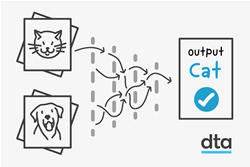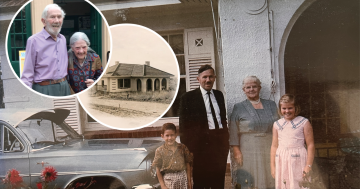 The Australian Federal Police (AFP) have developed a prototype computer program that reduces the time officers have to spend inspecting distressing or extreme photographs when investigating crimes.
The Australian Federal Police (AFP) have developed a prototype computer program that reduces the time officers have to spend inspecting distressing or extreme photographs when investigating crimes.
Designed and developed by Senior Digital Forensic Examiner at the AFP, Janis Dalins, the new system uses computers to check and classify images so they only have to be seen once.
Agent Dalins said investigating crimes that had electronic evidence meant looking through lots of data, including images.
“This can mean looking at thousands of photographs so that the content can be identified and categorised,” Agent Dalins said.
“This includes child exploitation and extremist materials.”
He said this was difficult work and could take a serious toll on AFP staff.
“Using computers to check and classify images is one way to reduce the exposure of staff to this material,” Agent Dalins said.
“Exploitation images are widely shared and will often be seen in multiple cases.”
He said if an image has already been seen, identified and classified for one case, it doesn’t need to be viewed again.
Agent Dalins said cryptographic hashes were the most common approach for law enforcement officers when it came to checking and classifying images.
He said these were algorithms that could be run on data to check whether it had been seen before.
“Whilst fast and reliable, cryptographic hash algorithms rely on the data in an image, rather than the content,” Agent Dalins said.
“Any minor change to the photograph, even imperceptible to the human eye, can make an image effectively unrecognisable using this system.”
He said in contrast, perceptual hash algorithms look for similarities between the content of images.
“By their nature they are far more computationally expensive than checks for identical data,” Agent Dalins said.
“Two images are either identical or not, but consider how many ways images can be similar.”
He said he wanted to improve the performance of existing cryptographic and perceptual hashing methods — to speed up the process of identifying images through their content rather than their technical attributes.
Agent Dalins said with the help of senior data scientist at CSIRO’s Data61, Yuriy Tyshetskiy, he produced a prototype that is currently being developed for use as an early warning system.
“During an investigation, the prototype analyses materials and, if they are considered to be extreme or exploitative images, the reviewer can be warned,” he said.
“The prototype has now been tested on live operations with extremely positive results.”











